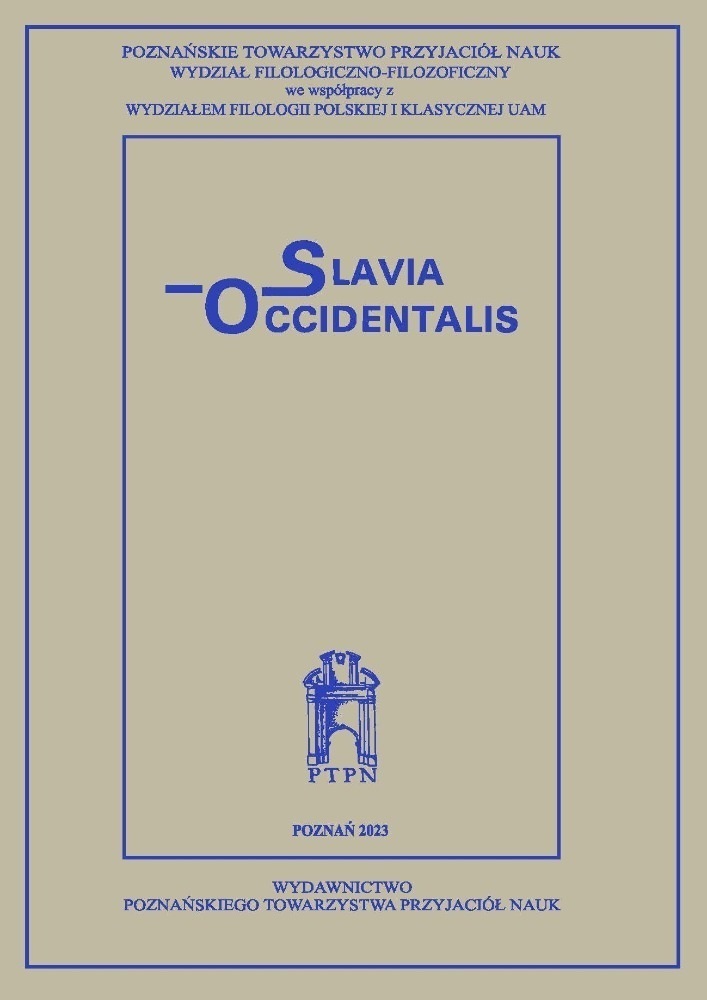Abstract
For the present background study, the author has researched reliable sources of information and references such as the Catholic Encyclopedia (EK), Dictionary of Religious Orders (LZ), the History of the Church in Poland (BHKK, Um), as well as other available material. The basic descriptive data include: the year of the foundation, the founder or founders, the colloquial name of the order and congregation, the formal Polish name and its Latin equivalent, the recognized abbreviation to designate the order and, if applicable, the female counterpart order, and, finally, the associations of lay Christians, the so-called Third orders or Tertiaries (from Latin tertiarius). Religious orders (Lat. ordines in plural form and ordo in sing.) and religious congregations (Lat. congregatio (sing.), congregationes (pl.)), were also known as societies (Lat. societas (sing.), societates (pl)) and, as a rule, had taken their names from: their founders, for example, the Order of Saint Benedict (Benedictines), Dominicans and Franciscans, from the biblical description of Christ, e.g. the Congregation of the Holy Redeemer, better known as the Redemptorists (from Latin Redemptor ‘Redeemer’, Salvatorians (from Latin Salvator ‘Saviour’, from the names of the Blessed Virgin Mary, e.g. Assumptionists (from Latin (in caelum) Assumpta ‘Assumption of the Blessed Virgin Mary’, the Conceptionists (Ordo Immaculatae Conceptionis) ‘Immaculate Conception’, and from names of hills and mountains, e.g. Carmelites or Olivetans, from the particular forms of Christian monastic living, such as the Acoemetae (Akoimetai), Anchorites, Cenobities, Dendrites and Eremites. The author distinguishes 12 ways of forming the so-called “monachonyms”, i.e., ‘names of religious orders and monastic congregations’, that include: suffixes: -(j)anin, e.g. Polish “bazylianie, norbertanie” ; -ita <Lat. –ita < gr. -itēs, e.g. Polish “jezuita”; -in, e.g. “bernardyn”; -ista , Lat. -ista, < gr. -istēs, e.g. “trapista”; -acz, e.g. “duchacz” (the Spiritans, the Holy Ghost fathers), -ec, e.g. “zmartwychwstaniec”, and inflectional adaptations, e.g. “trynitarze, kartuzi”(Trinitarians, Carthusians).References
E. Breza, Imiona od nazw atrybutów i świąt Matki Bożej, „Onomastica” LIV, 2010.
B. Łoziński, Leksykon zakonów w Polsce... wyd. III, Warszawa 2009.
B. Warzecha, Nazwy nieoficjalne męskich zgromadzeń zakonnych i ich członków w Polsce, „Język Polski”, XC, 2010 z. 4–5.
License

This work is licensed under a Creative Commons Attribution-NonCommercial-NoDerivatives 4.0 International License.
